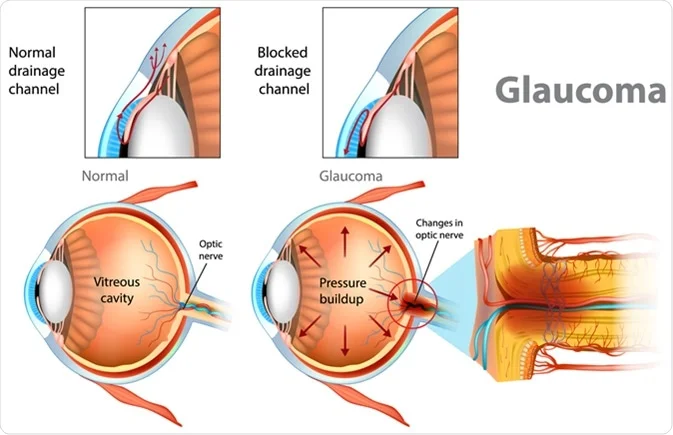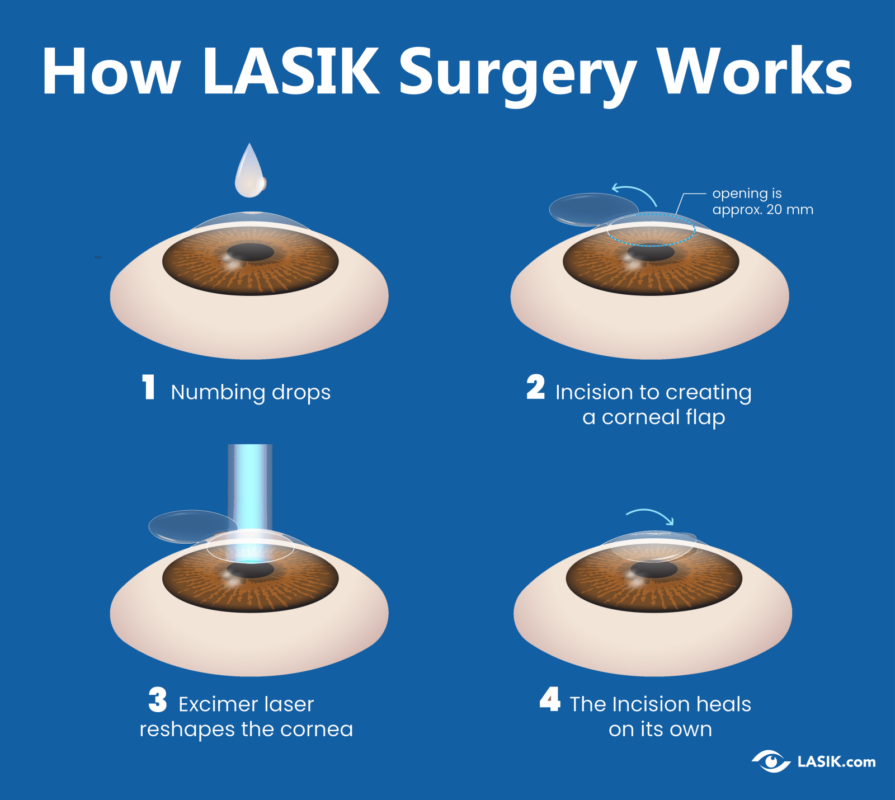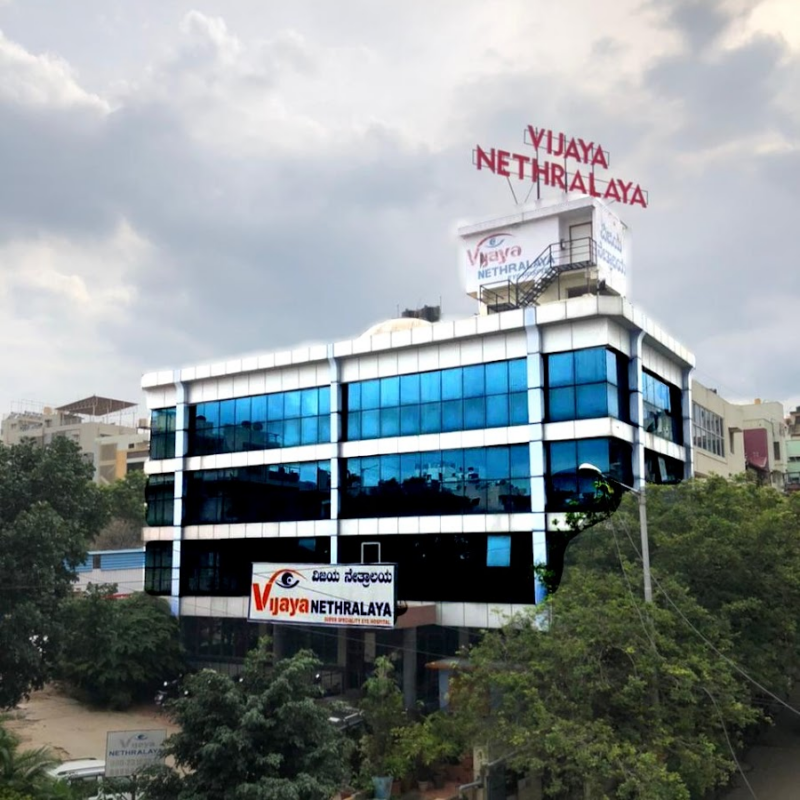If you’ve ever wondered about congenital glaucoma, you’re not alone. This rare but serious eye condition affects infants and young children, potentially leading to vision loss if left untreated. In this article, we’ll delve into the different types of congenital glaucoma, their distinct characteristics, and the available treatment options. So, let’s shed light on this condition that can impact a child’s visual future.

1. Introduction to Types Of Congenital Glaucoma
Congenital glaucoma, a rare ocular disorder, emerges during early childhood. Unlike the more common adult-onset glaucoma, congenital glaucoma is present at birth or becomes apparent within the first few years of life. The condition is characterized by increased intraocular pressure, which can damage the optic nerve if not managed promptly.
Types Of Congenital Glaucoma:
2. Primary Congenital Glaucoma (PCG)
Symptoms and Diagnosis
Primary Congenital Glaucoma (PCG), also known as infantile glaucoma, is the most prevalent form of congenital glaucoma. It typically presents in the first year of life. Symptoms include excessive tearing, sensitivity to light, and enlarged eyes. Prompt diagnosis through a comprehensive eye exam is crucial for effective management.
Causes and Risk Factors
Primary congenital glaucoma (PCG) is frequently attributed to the abnormal development of the eye’s drainage angle, which subsequently impedes the proper outflow of aqueous humor. This condition might have a hereditary component, as it has the tendency to run in families. Furthermore, genetic testing can offer valuable insights into potential risk factors associated with PCG.
Treatment Approaches
The treatment for PCG entails surgical intervention aimed at enhancing the drainage of aqueous humor. Procedures such as trabeculotomy and trabeculectomy are employed with the goal of decreasing intraocular pressure. It is crucial to emphasize that timely treatment is of utmost importance in order to prevent irreversible vision loss.
3. Secondary Congenital Glaucoma
Associated Conditions
Secondary congenital glaucoma occurs due to other underlying ocular or systemic conditions, such as eye trauma, cataracts, or certain genetic syndromes. These conditions obstruct normal drainage and result in increased intraocular pressure.
Management and Treatment
Effectively managing secondary congenital glaucoma necessitates addressing the underlying cause. By combining surgical interventions with the treatment of associated conditions, it becomes possible to alleviate the pressure buildup and thereby safeguard the child’s vision.
4. Juvenile Open-Angle Glaucoma
Differentiating Features
Juvenile Open-Angle Glaucoma appears later in childhood compared to primary congenital glaucoma. It shares similarities with adult open-angle glaucoma, characterized by gradual optic nerve damage and visual field loss.
Treatment Strategies:
The treatment approach for juvenile open-angle glaucoma may encompass the use of eye drops, medications, or surgical procedures, contingent upon the severity of the condition. It is important to highlight that consistent monitoring is crucial in order to accurately track the progression of the condition.
5. Diagnosis and Evaluation
Importance of Early Detection
Early diagnosis of congenital glaucoma is critical to prevent irreversible vision impairment. Pediatricians and ophthalmologists play a pivotal role in identifying potential signs during routine check-ups.
Medical Examinations
Conducting comprehensive eye examinations, which encompass the measurement of intraocular pressure, evaluation of the optic nerve, and visual field testing, plays a pivotal role in achieving an accurate diagnosis and formulating an effective treatment plan.
6. Surgical Interventions
Trabeculotomy
Trabeculotomy involves creating a tiny drainage opening in the eye’s drainage angle to enhance aqueous humor outflow. This surgical method is particularly effective in infants.
Trabeculectomy
The primary aim of a trabeculectomy is to create a new drainage pathway by carefully forming a small flap in the sclera of the eye. This surgical procedure effectively enables the drainage of excess aqueous humor, ultimately resulting in a decrease in intraocular pressure.
Tube Shunt Surgery
Tube shunt surgery involves the placement of a small tube in the eye to facilitate drainage. This procedure is typically considered when other surgical options are less feasible, providing an alternative avenue to effectively manage intraocular pressure.
7. Lifestyle Adaptations
Supporting Children with Glaucoma
Families and caregivers play a crucial role in helping children with glaucoma adapt to their condition. Furthermore, emotional support and clear communication are key components in assisting these children to effectively navigate their glaucoma diagnosis and treatment journey.
Navigating Daily Activities
Simple modifications like controlling lighting conditions and promoting safe play can significantly enhance the quality of life for children with congenital glaucoma.
8. Future Outlook and Research
Advancements in Treatment
Advancements in medical technology continue to improve treatment options for congenital glaucoma. Moreover, researchers are actively exploring innovative surgical techniques and pharmaceutical interventions to further enhance the management and outcomes of this condition.
Ongoing Studies and Innovations:
Ongoing research seeks to uncover the genetic underpinnings of congenital glaucoma. Additionally, this research aims to enable targeted therapies and personalized treatment approaches by understanding the specific genetic factors contributing to the condition.
Author Details:
Dr. Thanemozhi Srinivasan is an esteemed ophthalmologist who has achieved remarkable success in the specialized field of glaucoma. With a diverse and illustrious background, she has garnered extensive experience and honed her expertise in diagnosing, managing, and treating this intricate eye condition. Driven by a profound dedication to her patients, Dr. Srinivasan embraces cutting-edge techniques and innovative treatments, aiming to optimize visual outcomes while delivering compassionate and individualized care. With her wealth of knowledge, remarkable proficiency, and unwavering commitment to excellence, Dr. Thanemozhi Srinivasan stands as a revered authority in the realm of glaucoma.

Book Your Appointment Now
Conclusion:
Congenital glaucoma poses a unique challenge for young patients and their families. Early diagnosis, timely intervention, and emotional support are pivotal in managing the condition and preserving vision. As medical knowledge advances, hope shines brighter for those affected by congenital glaucoma.
Frequently Asked Questions:
Q1: Is congenital glaucoma curable?
A1: While it may not be curable, timely treatment can effectively manage the condition and prevent vision loss.
Q2: Can children with congenital glaucoma lead normal lives?
A2: Yes, with proper management, children with congenital glaucoma can engage in most activities like their peers.
Q3: Are there non-surgical treatment options available?
A3: Yes, in some cases, medications and eye drops can help lower intraocular pressure.
Q4: Is congenital glaucoma hereditary?
A4: Primary congenital glaucoma can have a genetic component, increasing the risk for children with affected family members.
Q5: How often should a child with congenital glaucoma see a doctor?
A5: Regular follow-up appointments are essential to monitor the condition’s progression and adjust the treatment plan as needed.











